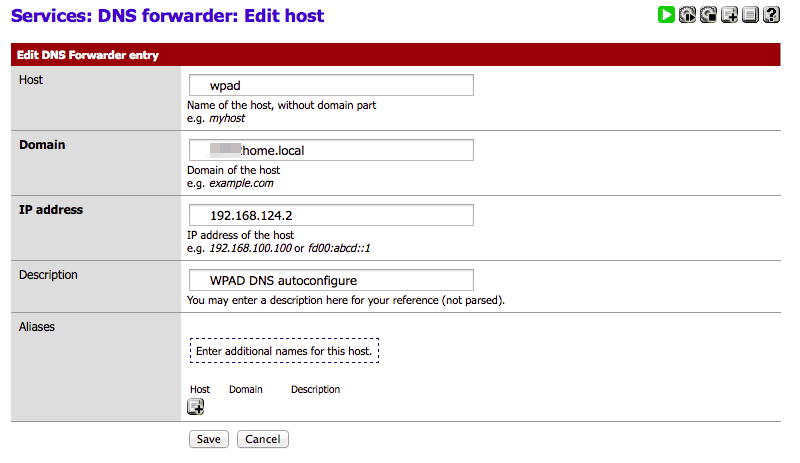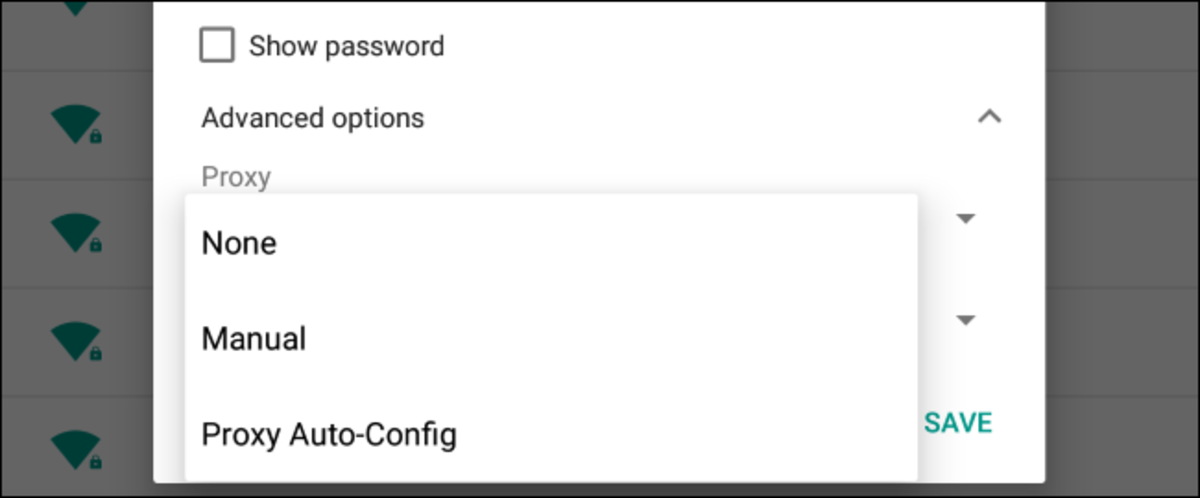

To use the Excel Online Previewer, you must allow the following specific hostnames:

In addition, enable HTTPS (port 443) for the domains above. If you cannot allow the wildcard domains shown in the list above, allow these specific hostnames: IP addresses can change frequently and without notice.Ĭonfigure hostnames to recognize any subdomain of: Use our site's domain names instead of a particular site IP address.
#Pac file bypass proxy for local addresses by name software#
See the instructions for your firewall hardware or software for details. Typically, you would list these domains/hostnames and IP addresses in your firewall's allowlist. Box and Box applications require the traffic to and from specifically defined domains and IP addresses to be allowed through a corporate firewall, as outlined in this topic. More commonly, a firewall is either configured to allow traffic through specific ports except if explicitly blocked, or, for stricter security stances, to block traffic except if explicitly allowed.įirewalls are configured to allow or block traffic in several ways, including by geographic source, by port, by domain/hostname, and by IP address.

Firewalls can be configured as extremely as to block all inbound and outbound traffic or to allow all inbound or outbound traffic, but the former makes networking communication impossible and the latter is a significant security risk. If (isInNet(myIpAddress(), "10.1.0.0", "255.255.0.A firewall is a component of network security that defines what network traffic is and is not allowed in and out of your enterprise. For example if you have multiple branch offices, or subnets that have its own proxy server installed, you can configure script in next way to reflect your infrastructure IsInNet(hostIP, '240.0.0.0', '240.0.0.0'))ĭepending on configuration needed you can change script to fit your needs. * Don't proxy non-routable addresses (RFC 3330) */ * Normalize the URL for pattern matching */ Names can be different but its usual naming convection you will encounter. These specifications cause browser to use a particular proxy server or to connect directly. You can copy this function in any text editor and save it under proxy.pac or wpad.dat file. Function returns a string with one or more access method specifications. If you are familiar with proxy settings up to now all comments in script should be self explanatory. That’s why we need conversion to lowercase in script. This is because WinHTTP passes the host and the url directly to the function.

JavaScript is case sensitive, and IE itself converts the variables url and host into lowercase before the FindProxyForURL function is called. Browser support for WPAD PAC/WPAD scriptĪ PAC/WPAD file contains a JavaScript function “FindProxyForURL(url, host)”. This is a set of methods for finding the PAC script to be tried in order, leveraging DHCP and DNS services on network. The solution for this problem is WPAD (Web Proxy Auto Discovery). Clients needed to change script location manually, or you, as admin, needed to change script location yourself. In years after, there was a problem with changing script location. It also provided a central position from which to change proxy servers. It allowed you to specify a JavaScript location which told the browser which proxy to use or bypass request. The first proxy automatic detection system, called PAC (proxy auto-config), was developed in time of Netscape Navigator (if you are old enough like me you will remember). Autodetection of script using DHCP and DNS servers – WPAD.


 0 kommentar(er)
0 kommentar(er)
